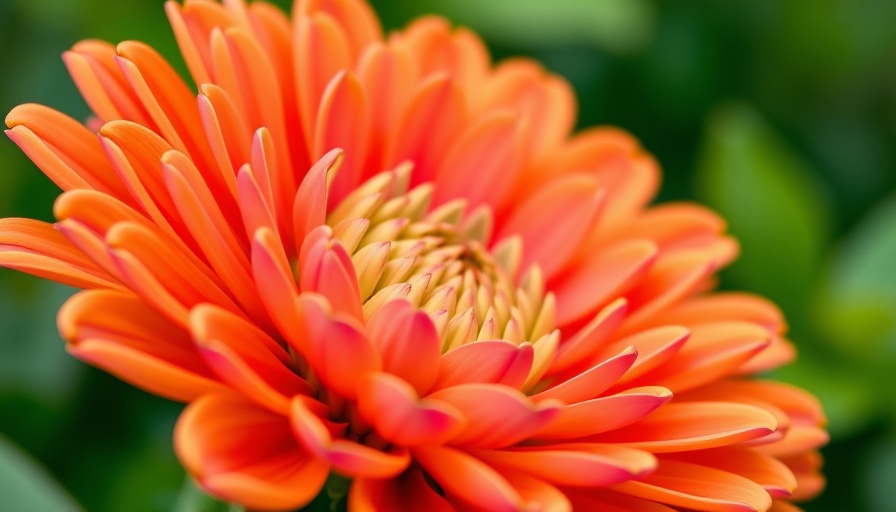
Discover the Beauty of Queen Lime Zinnias
Gardeners seeking to elevate their flower beds with unique and subdued colors should consider the Queen Lime zinnias. Known for their pale green hues, these flowers stand out amidst the vibrant colors usually associated with zinnias. The Queeny Lime variety, which is part of the Queeny series developed by Swiss plant breeder Hugo Dittmar, has become a favorite for its soft tones and versatility. With blooms that not only capture attention but also extend their beauty as they fade into even softer shades, these zinnias bring prolonged enjoyment throughout the gardening season.
Growing Your Queen Lime Zinnias
To cultivate these stunning flowers at home, you’ll need to meet their specific needs. Queen Lime zinnias thrive best in full sun and prefer organically-rich, well-draining soil with a pH between 5.5 and 7.5. These annual flowers typically reach 30 to 40 inches in height and spread 12 to 16 inches wide, making them ideal for borders, cottage gardens, or even as companion plants in vegetable patches. From sowing to maturity, expect about 70 to 80 days. For best results, keep the soil consistently moist until germination, which generally takes about 7-14 days, and consider applying a balanced fertilizer to nourish the young plants.
Choosing the Right Cultivars
The Queeny zinnia series includes other attractive cultivars beyond the Queen Lime, expanding the design possibilities in your garden. Each variant boasts gentle tones that beautifully complement other muted flowers. When selecting cultivars for your garden, consider mixing different colors to create a stunning visual impact while enjoying the ease of care common to these hardy annuals.
Maintenance Tips for Lasting Blooms
To ensure your zinnias bloom from early summer through the first frost, regular maintenance is essential. This can include watering during dry spells, deadheading spent blooms to promote further flowering, and ensuring that air circulation is optimal to prevent mildew and pests. Interestingly, these plants are relatively pest-resistant compared to many others, which means less time dealing with issues like aphids or powdery mildew.
Harvesting as Cut Flowers
Not only are Queeny zinnias beautiful in the garden, but they also make stunning cut flowers. When harvested properly, they can last for up to 14 days in a vase, providing a delicate charm to your indoor arrangements. To harvest, cut the stems early in the morning when the flowers are fully open and place them in water immediately. This practice helps to maximize their shelf life and maintain vibrancy.
Enhancing Your Gardening Journey
Cultivating Queen Lime zinnias not only beautifies your space but also offers numerous opportunities for self-discovery and connection with nature. Incorporating these flowers into your garden can inspire further interest in gardening and perhaps even lead you to try your hand at growing vegetables or experimenting with pest-resistant plants and climate-friendly gardening techniques.
Get Started with Your Own Queen Lime Zinnias!
Now that you’re equipped with the knowledge to grow Queen Lime zinnias, why not take the plunge? Consider sourcing seeds from local nurseries or online vendors specializing in high-quality flower seeds. You can also join local gardening communities or online forums where fellow enthusiasts share tips and stories. Gardening is not just a hobby but a gratifying way to engage with your environment or grow your own food! 🌱
Taking up gardening initiatives provides a fulfilling way to embrace sustainability and contributes to your well-being. Happy planting!
 Add Row
Add Row  Add
Add 




 Add Row
Add Row  Add
Add 

Write A Comment